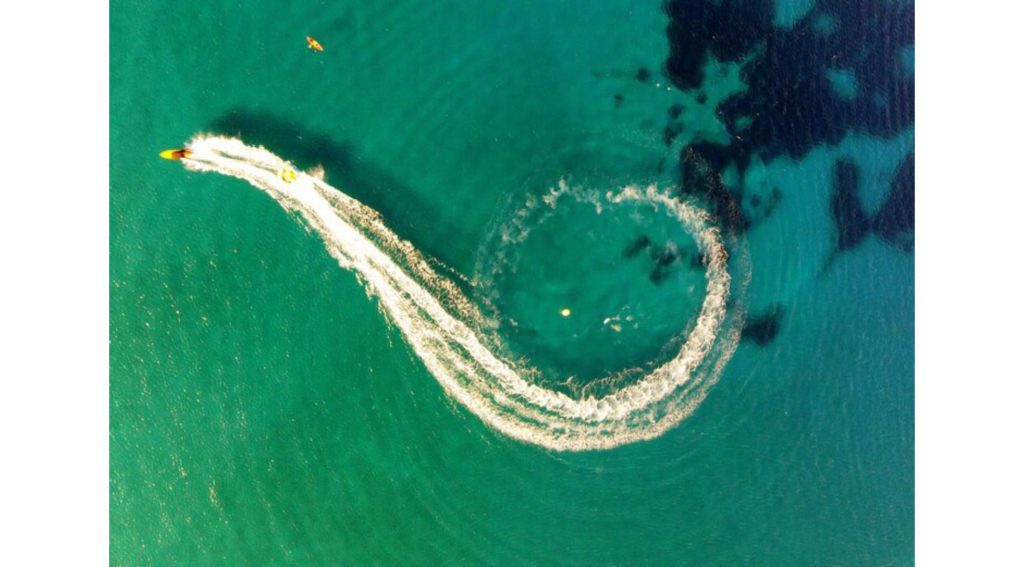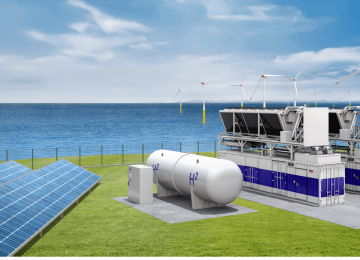India is poised to unveil a comprehensive set of new regulations to transform its shipping and port sectors to align with the International Maritime Organization’s (IMO) ambitious net-zero emission targets.
The upcoming rules will significantly influence ship design, operations, and port infrastructure, demonstrating India’s commitment to a greener global maritime industry by 2050.
The move comes as the IMO’s Revised Greenhouse Gas (GHG) Strategy 2023, particularly the Global Fuel Standard (GFS) and a market-based GHG pricing mechanism, is set to formally take effect from March 2027, with effective implementation from 2028.
This strategy mandates a progressive reduction in the lifecycle carbon intensity of fuels used by ships engaged in international voyages.
According to media reports, the new Indian regulations will address crucial aspects, including
Ship design and construction: New standards will promote dual-fuel options and designs optimized for green fuels like CNG/LNG, methanol, ammonia, green hydrogen, and electricity.
Green fuel infrastructure: Green fuel filling stations will be established at ports, along with training programs for personnel to handle the new technologies.
Phased emission reduction: The rules will outline a gradual reduction in ship CO₂ emissions and a set timeline for port green upgrades.
Compliance and oversight: The key feature will be the mandatory engagement of classification societies for early compliance assessment.
It must be noted that the Directorate General of Shipping (DGS) under the Ministry of Ports, Shipping, and Waterways has already released a guidance note on the IMO’s Net-Zero Framework and Greenhouse Gas Fuel Intensity (GFI)-based compliance measures.
The DGS predicts a total compliance cost of $87-100 million annually by 2030, compared to a 14% increase in fuel cost and a 5% increase in freight rates.
India is already implementing green maritime initiatives, including the establishment of Kandla and Tuticorin ports for hydrogen and ammonia refueling and the “Green Tug Programme” for cleaner tugboats.
The country is also implementing “Harit Sagar” guidelines to reduce carbon emissions at major ports. The long-term implications of these initiatives are significant, and a multi-stakeholder approach is needed.












